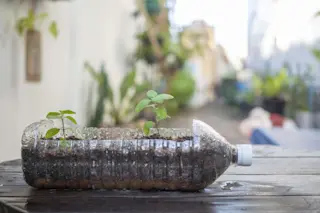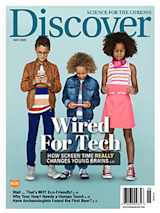What makes people want to donate money to a charitable cause, or buy environmentally friendly products? You could ask a psychologist — but you might also ask Karen Winterich, a marketing expert at Penn State who studies how people make decisions. She has a few thoughts on how we can better encourage behaviors, like recycling, for the greater good.
Discover: So, first, let’s talk marketing. I think a lot of people, myself included, think of marketing as purely business-centric, like advertising — how to sell stuff. In your view, what is marketing all about?
Winterich: Marketing does get a bad rap for just selling stuff — and particularly stuff we don’t need. But marketing can influence behavior for better or for worse. So while the definition in a business-school sense might be that marketing is the business function that drives revenue, we can also have marketing for social good. Like ...















